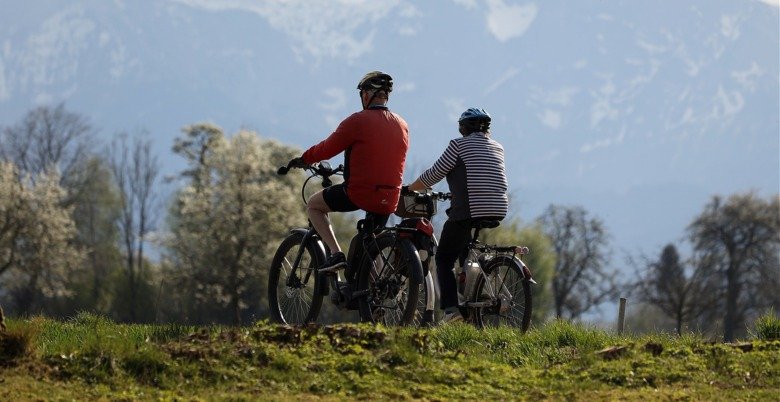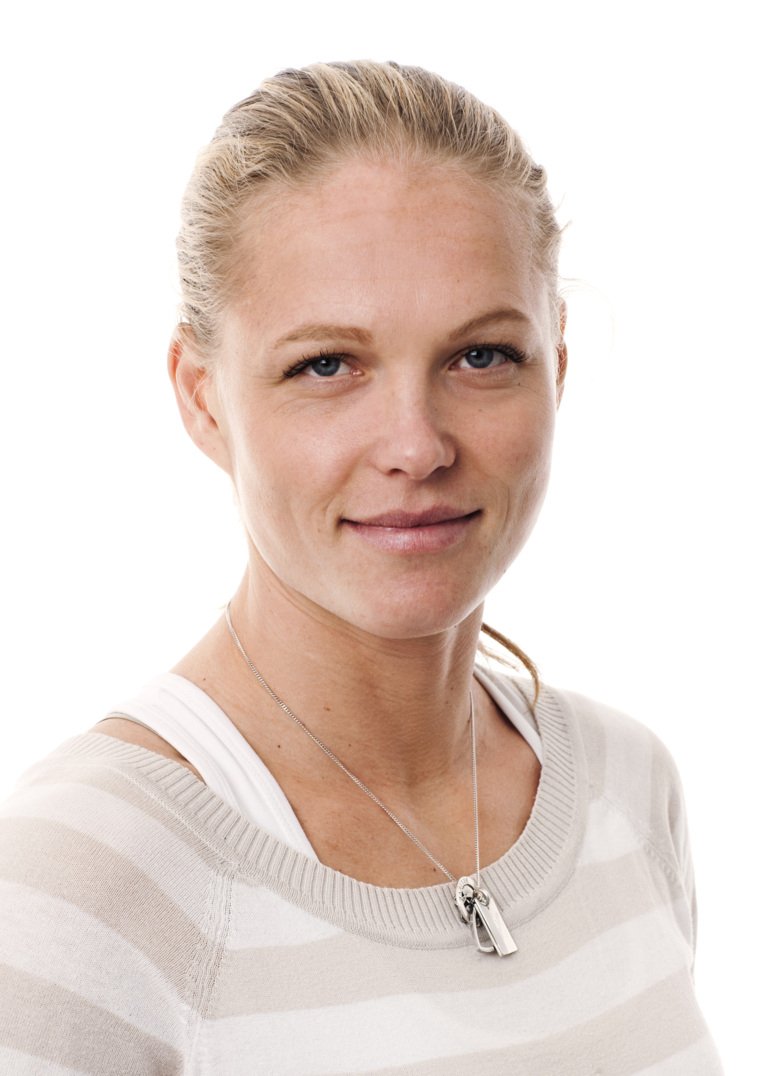Light physical exercise protects people with metabolic syndrome

Physical exercise can act prophylactically for people with the metabolic syndrome and protect them against cardiovascular diseases, a new study from the Swedish School of Sport and Health Sciences, GIH, and Karolinska Institutet published in the European Journal of Preventive Cardiology reports. Even light physical exercise has been shown to have good prophylactic effects, for both women and men.
As we have adopted more sedentary lifestyles, the national body weight and waistline measurement averages have risen. The metabolic syndrome has also grown more common, which brings with it a lowered insulin sensitivity, a disrupted blood lipid balance and high blood pressure. This entails a higher risk of common diseases such as type 2 diabetes, cardiovascular disease and cancer.

“Our results show that individuals with the metabolic syndrome who have been physically active have a lower risk of developing cardiovascular disease or other disease than sedentary individuals with the same syndrome, a difference that remains even when factoring in things like smoking and diet,” says Elin Ekblom Bak, one of the study’s lead authors and docent at GIH.
At the end of the 1990s, one in three 60-year-olds in the Stockholm region were selected from the population registry to take part in a comprehensive health survey. The participation rate was high, and 4,232 individuals (78%) took part.
A 20-year follow-up
For the study, which was designed to identify risk factors for cardiovascular diseases, participants were required to fill in detailed questionnaires about their lifestyle, report their physical exercise and undergo physical examination and blood tests. The incidence of the metabolic syndrome was high: 20 per cent of the women and 27 per cent of the men.
The participants have been monitored in Swedish registries since then, and recently a 20-year follow-up was made of the 3,693 people who were healthy at the start of the study. During these two decades, 756 had died of various reasons, of which cases 187 were related to cardiovascular disease. A further 661 individuals had survived after developing cardiovascular disease.

The researchers found that individuals with the metabolic syndrome who reported that they were physically active at the start of the study had a lower risk of developing or dying from cardiovascular or other disease than individuals with the metabolic syndrome who were sedentary, a finding that held when important factors such as gender, education, smoking habits, dietary fruit/vegetable content and fat quality, alcohol consumption and genetic predisposition to cardiovascular diseases were taken into account. Even light exercise was shown to be effective.
Better survival rates
One important finding was that individuals with the metabolic syndrome who had reported a moderate or high rate of physical exercise had even better survival rates than those without the syndrome but with sedentary lifestyles (see diagram from attached article).
“The finding is encouraging for several reasons,” says Mai-Lis Hellénius, professor at Karolinska Institutet and the study’s last author. “We know that the majority of the population, particularly more senior individuals, do not get the recommended dose of physical exercise. We also know that people with the metabolic syndrome run a higher risk of disease in the future. What’s encouraging about this study is that even light exercise, which many people would be able to do, has protective effects.”
The study was financed by grants from the Heart and Lung Foundation, the Swedish Research Council and King Gustaf V and Queen Victoria’s Foundation of Freemasons.
Publication
Physical activity attenuates cardiovascular risk and mortality in men and women with and without the metabolic syndrome – a 20-year follow-up of a population-based cohort of 60-year-olds
Elin Ekblom-Bak, Mats Halldin, Max Vikström, Andreas Stenling, Bruna Gigante, Ulf de Faire, Karin Leander, Mai-Lis Hellénius
European Journal of Preventive Cardiology, online April 10 2020, doi: 10.1177/2047487320916596.
